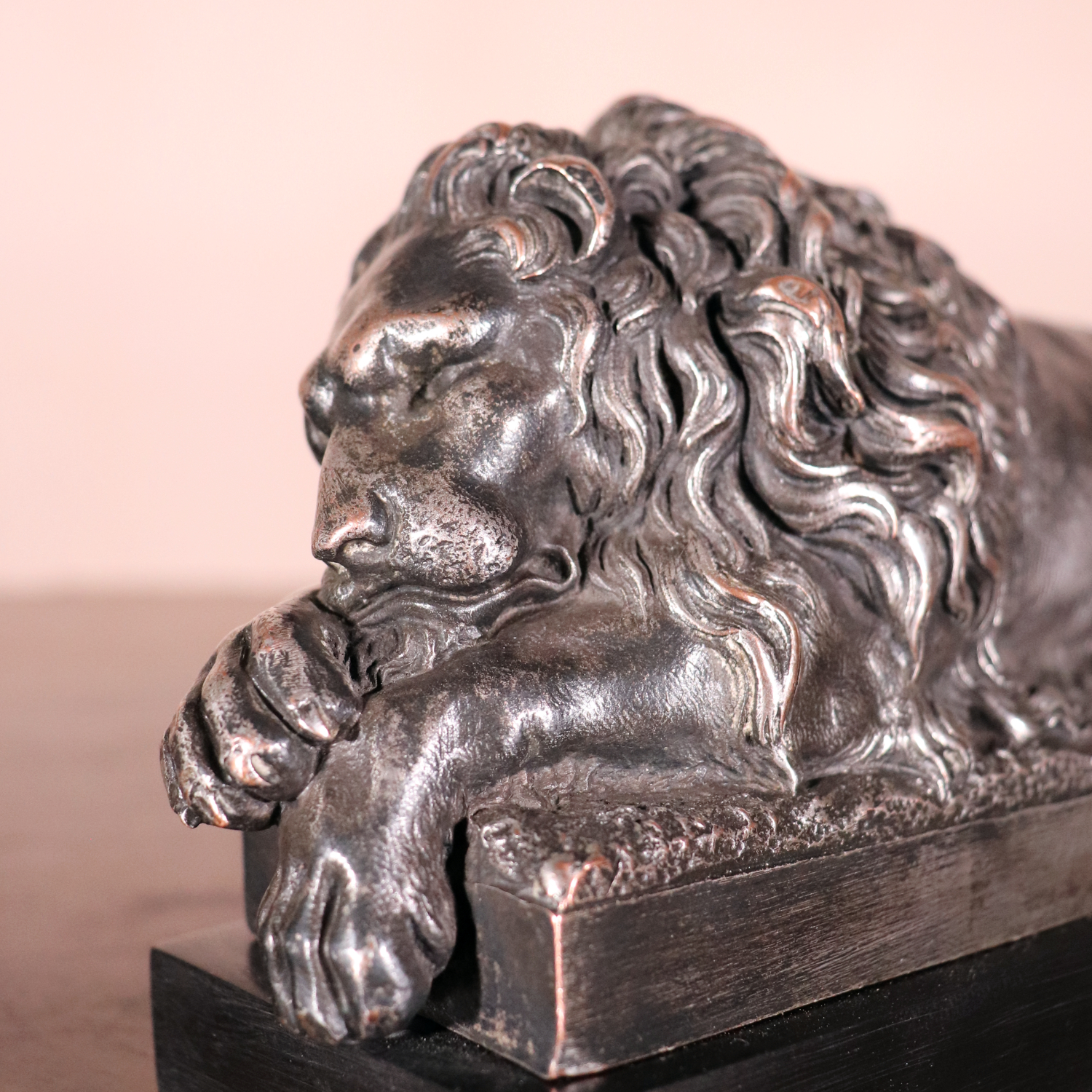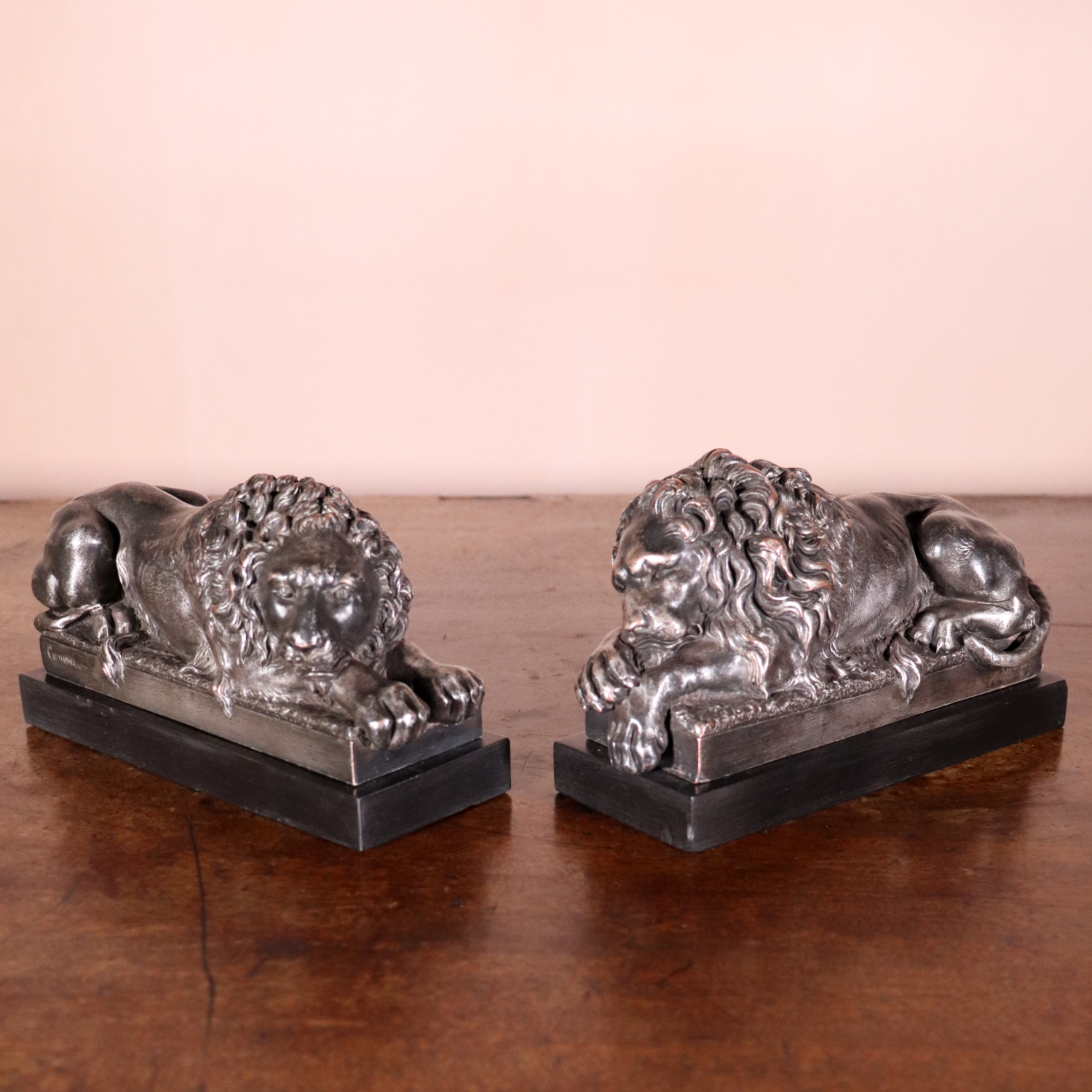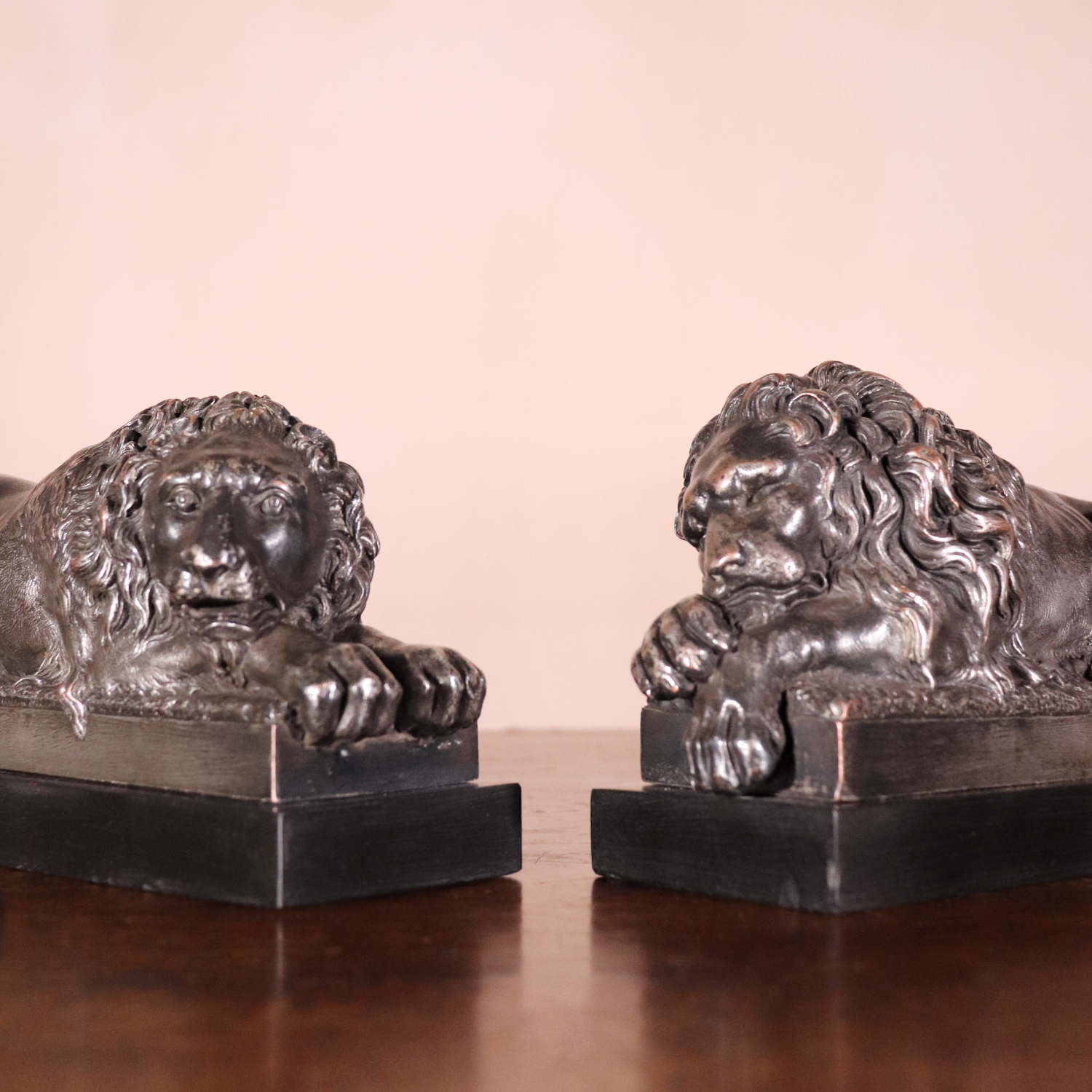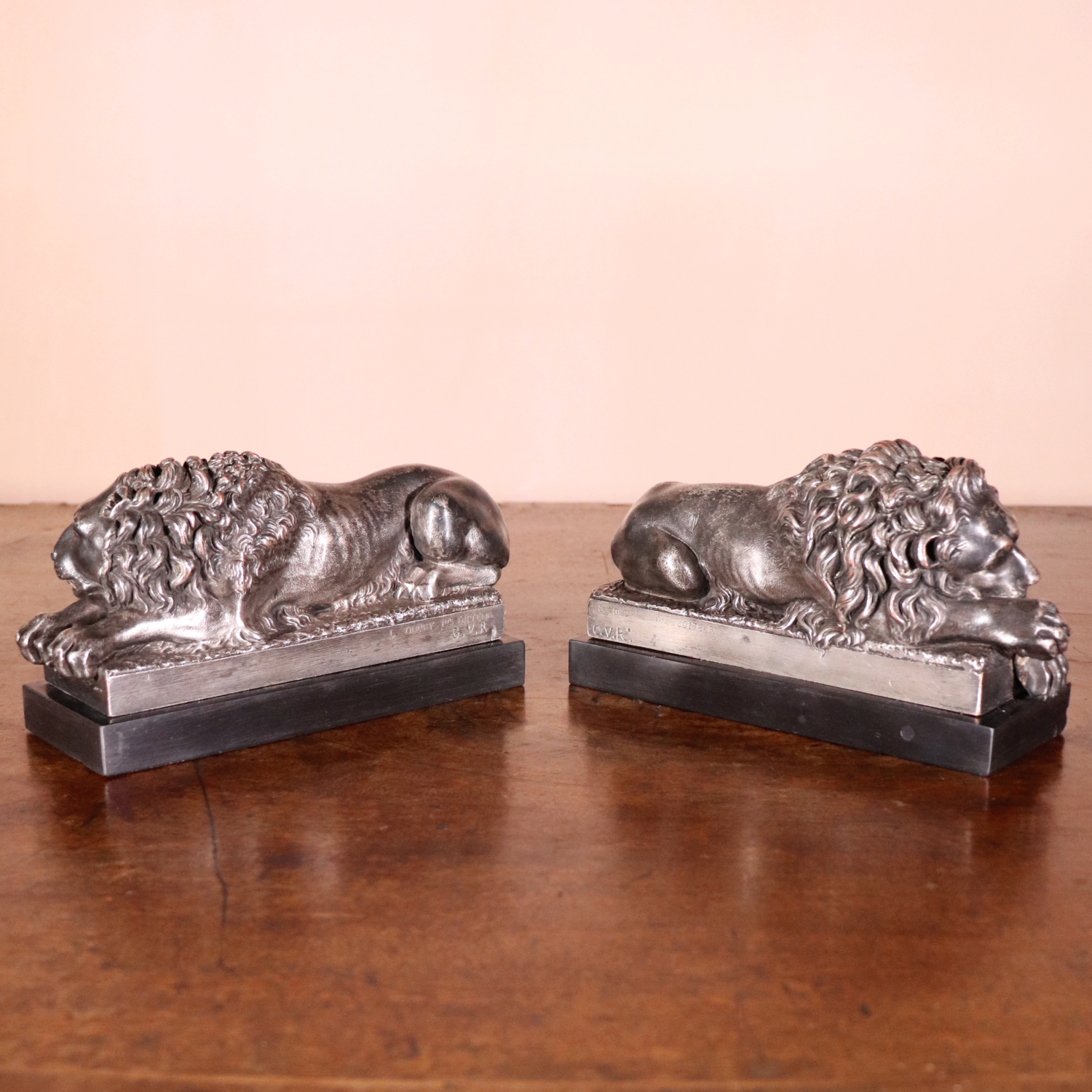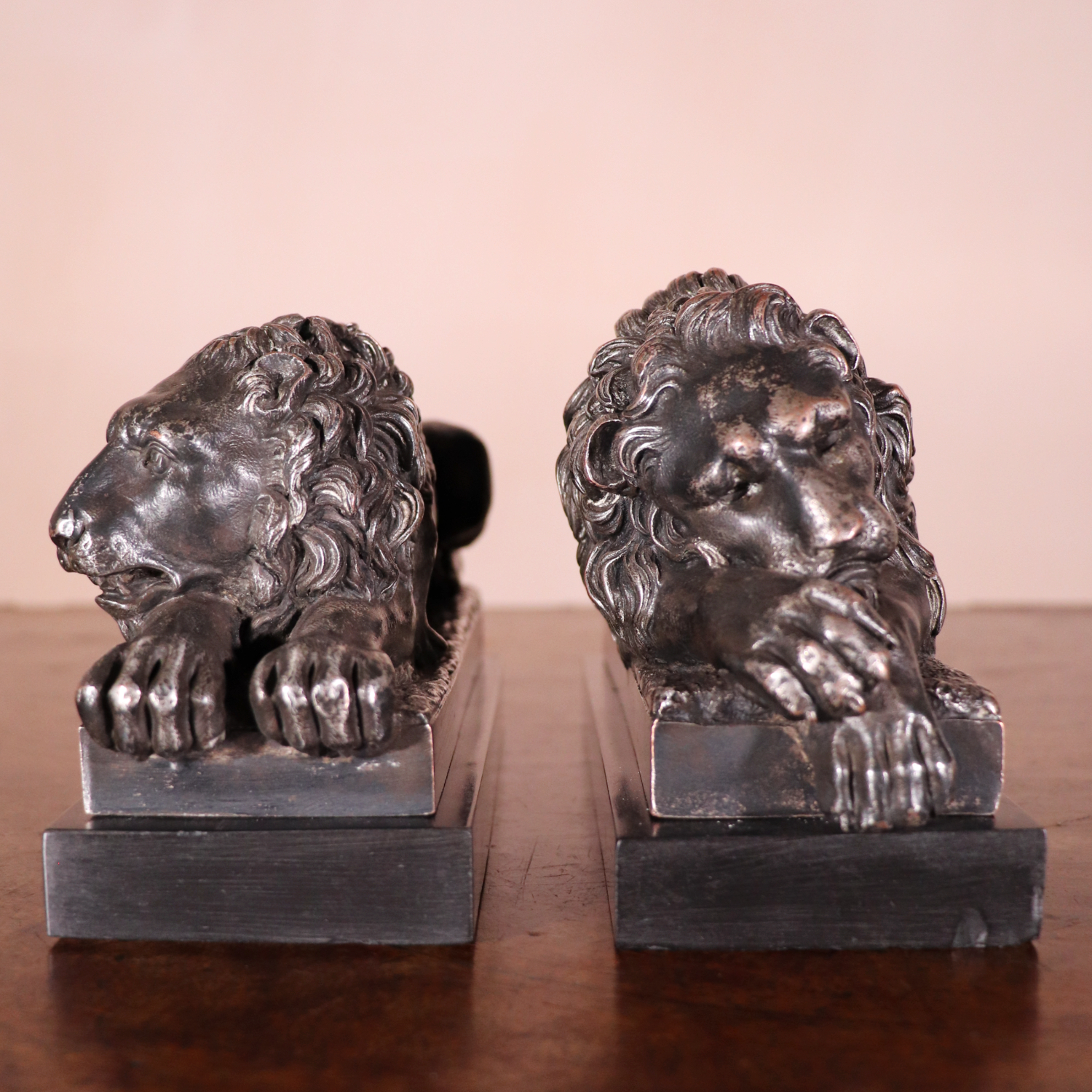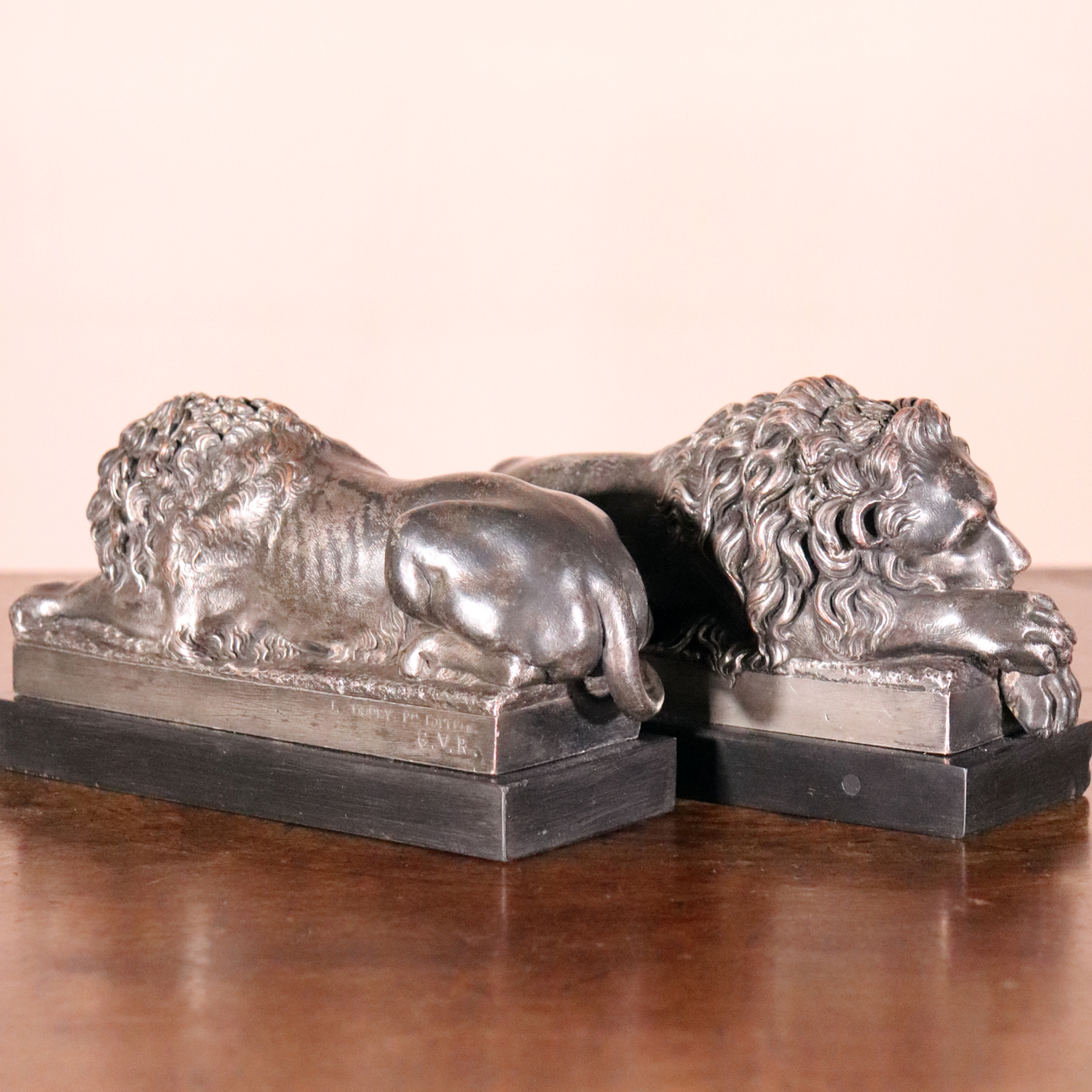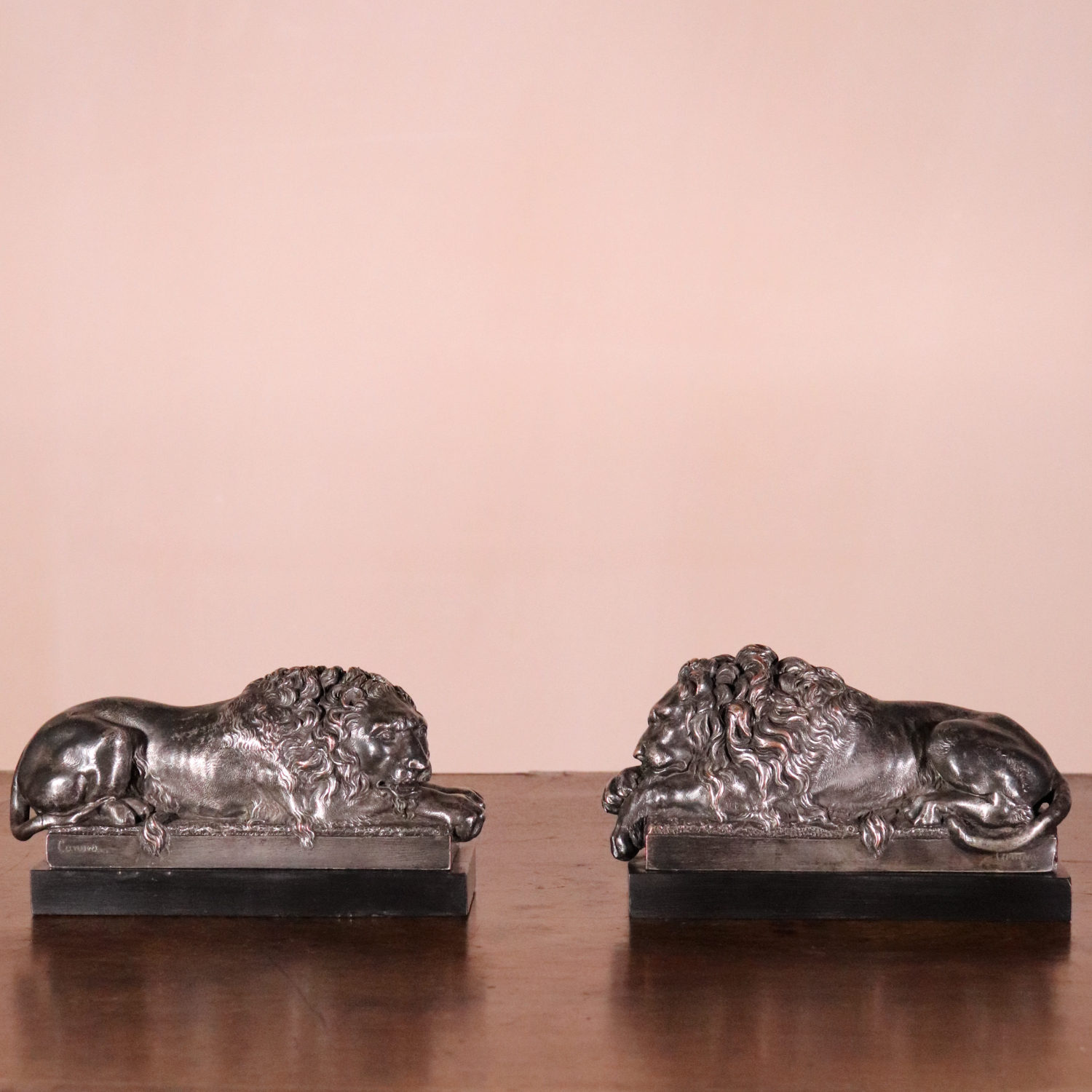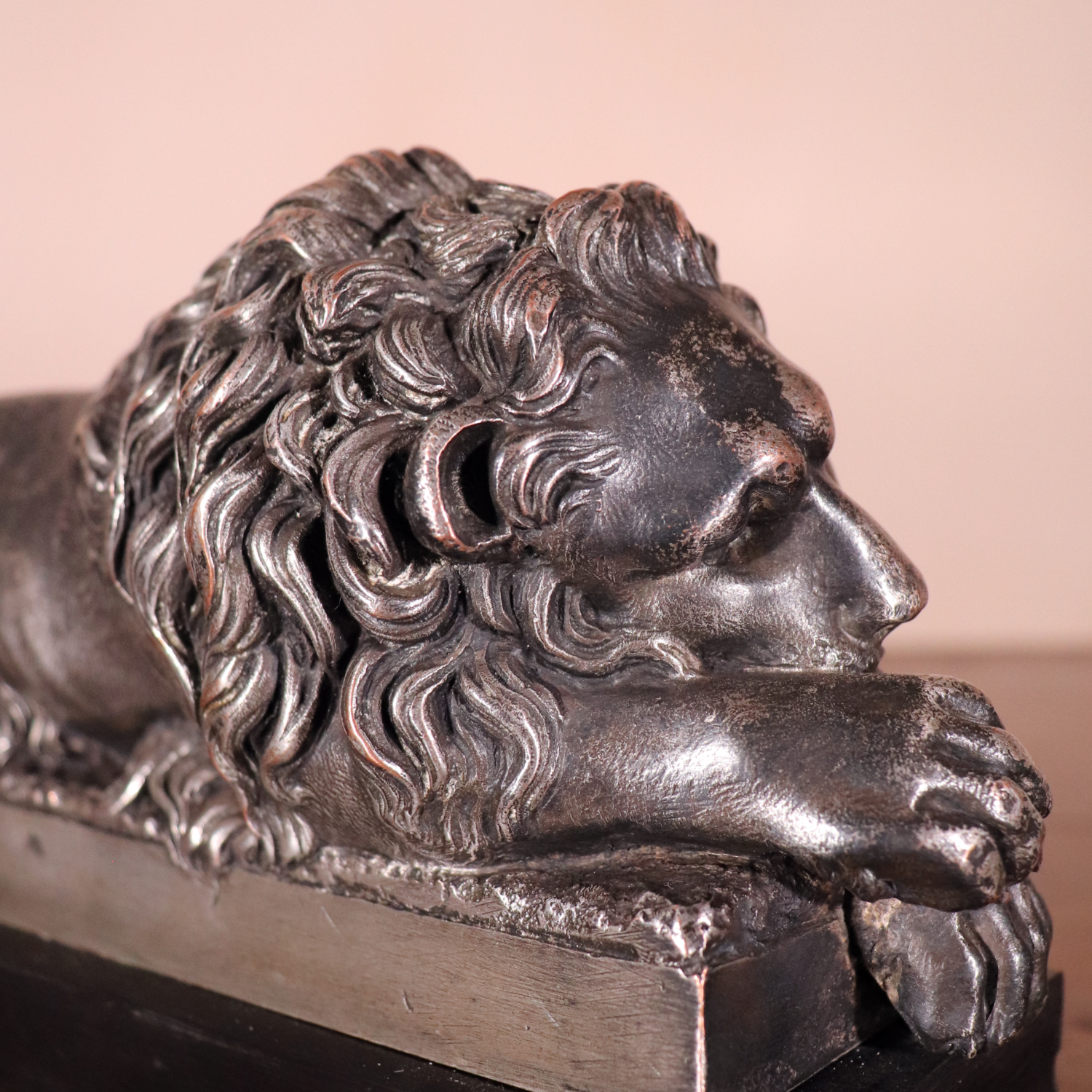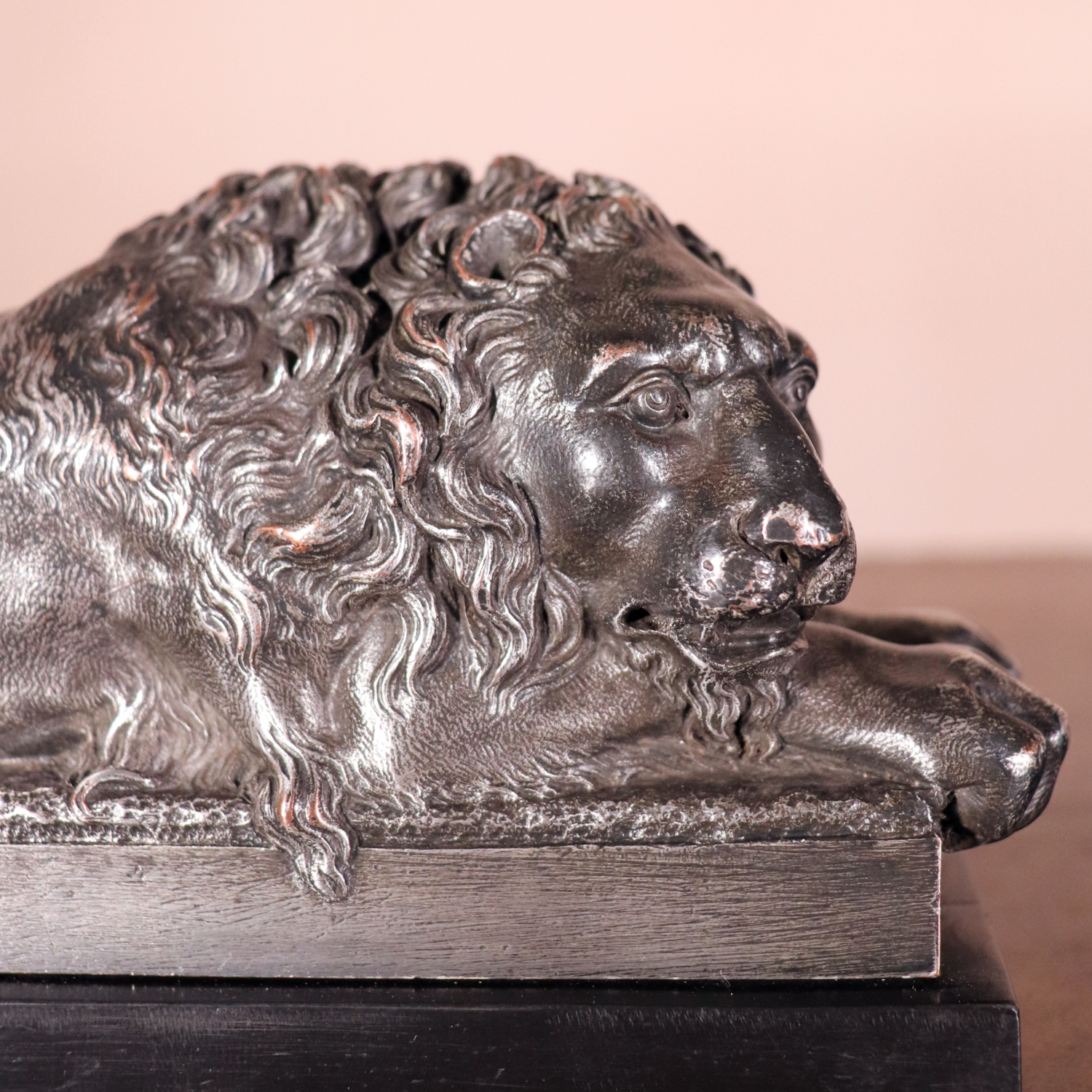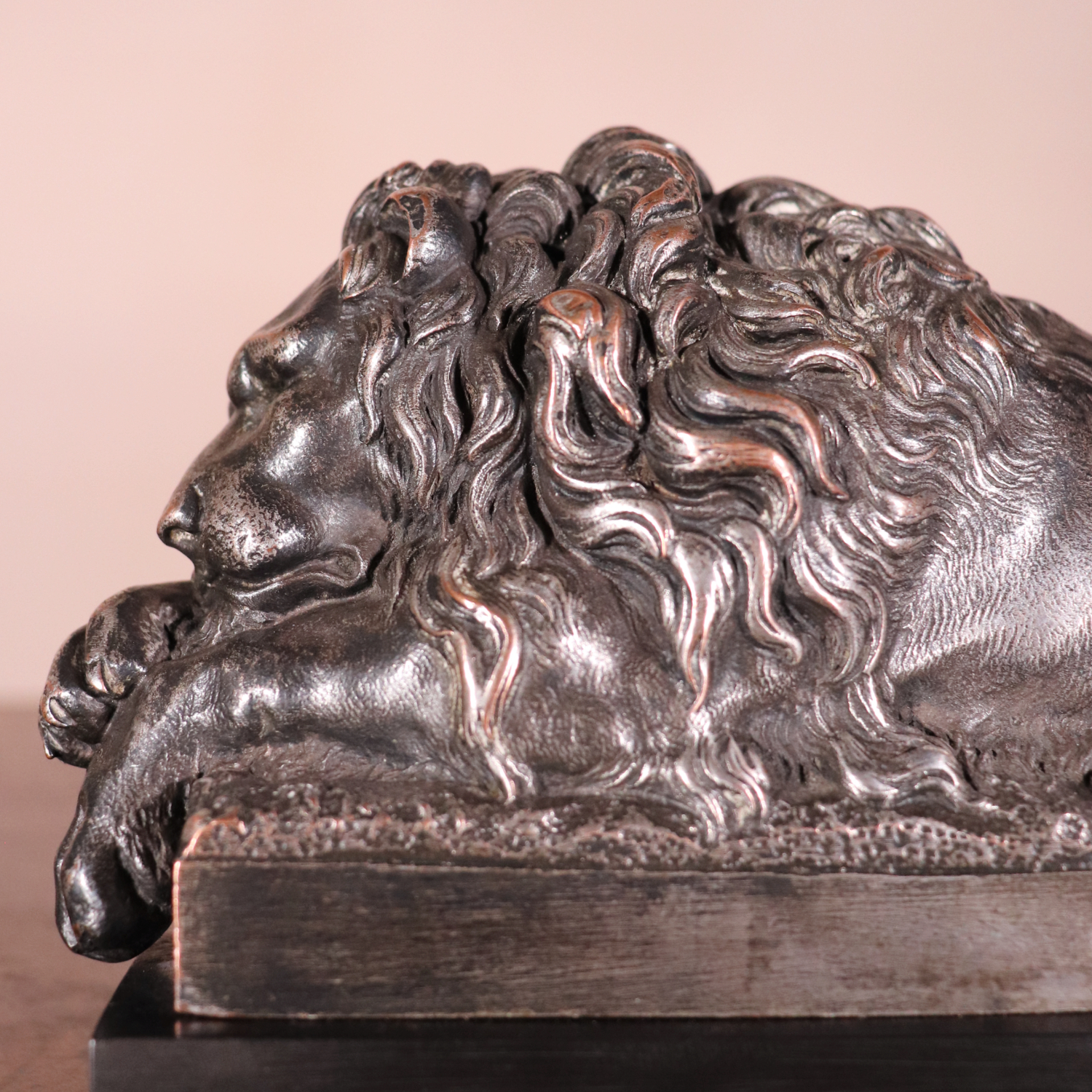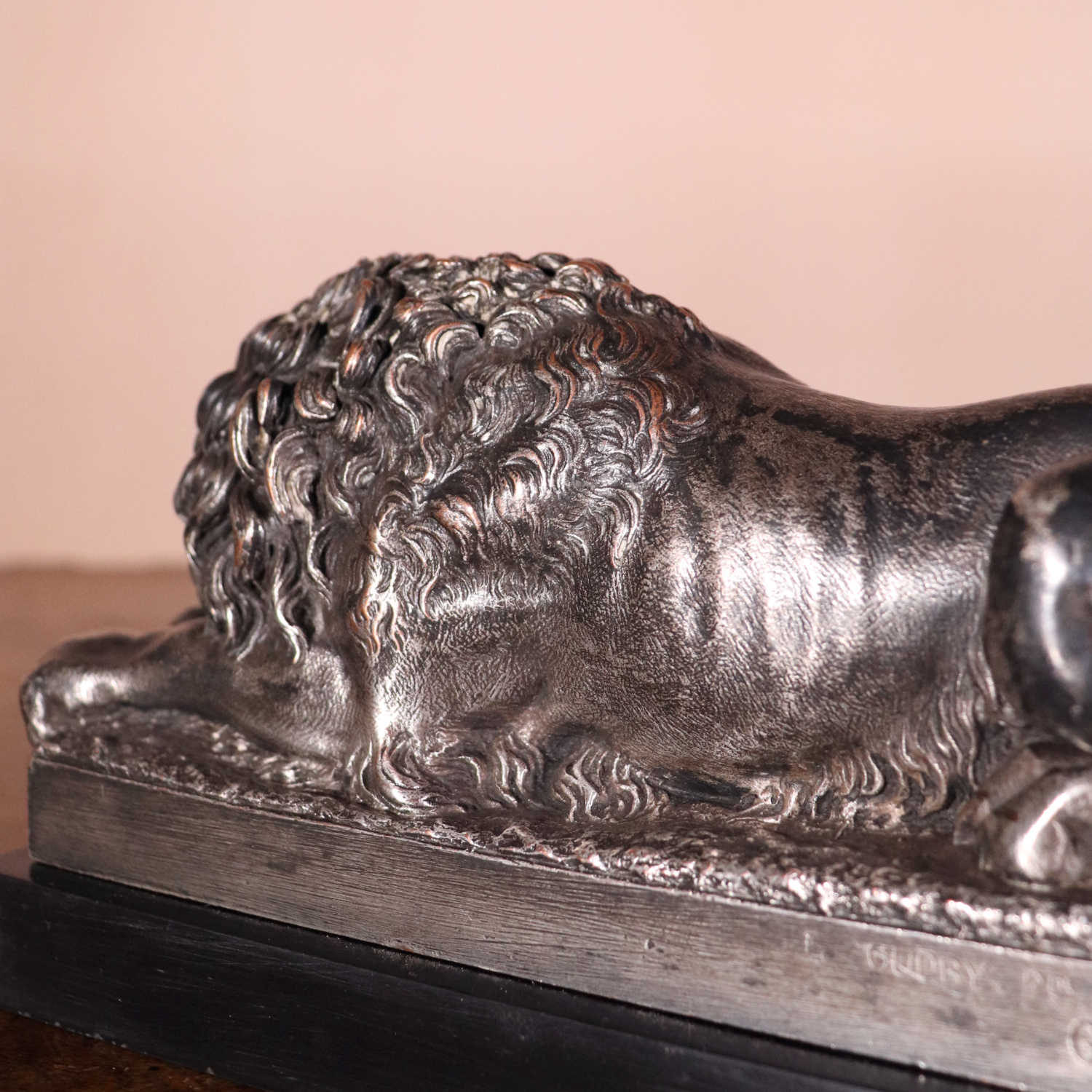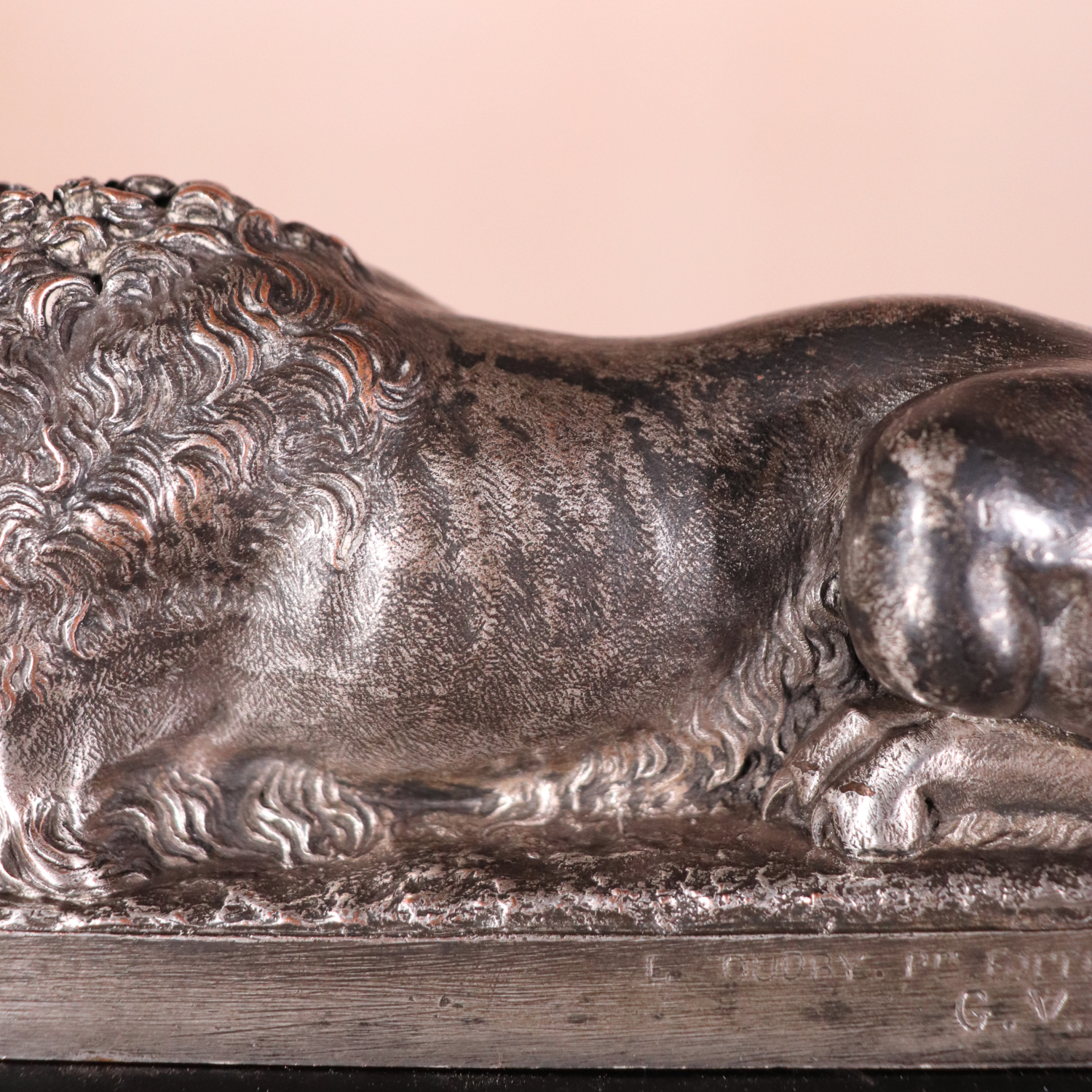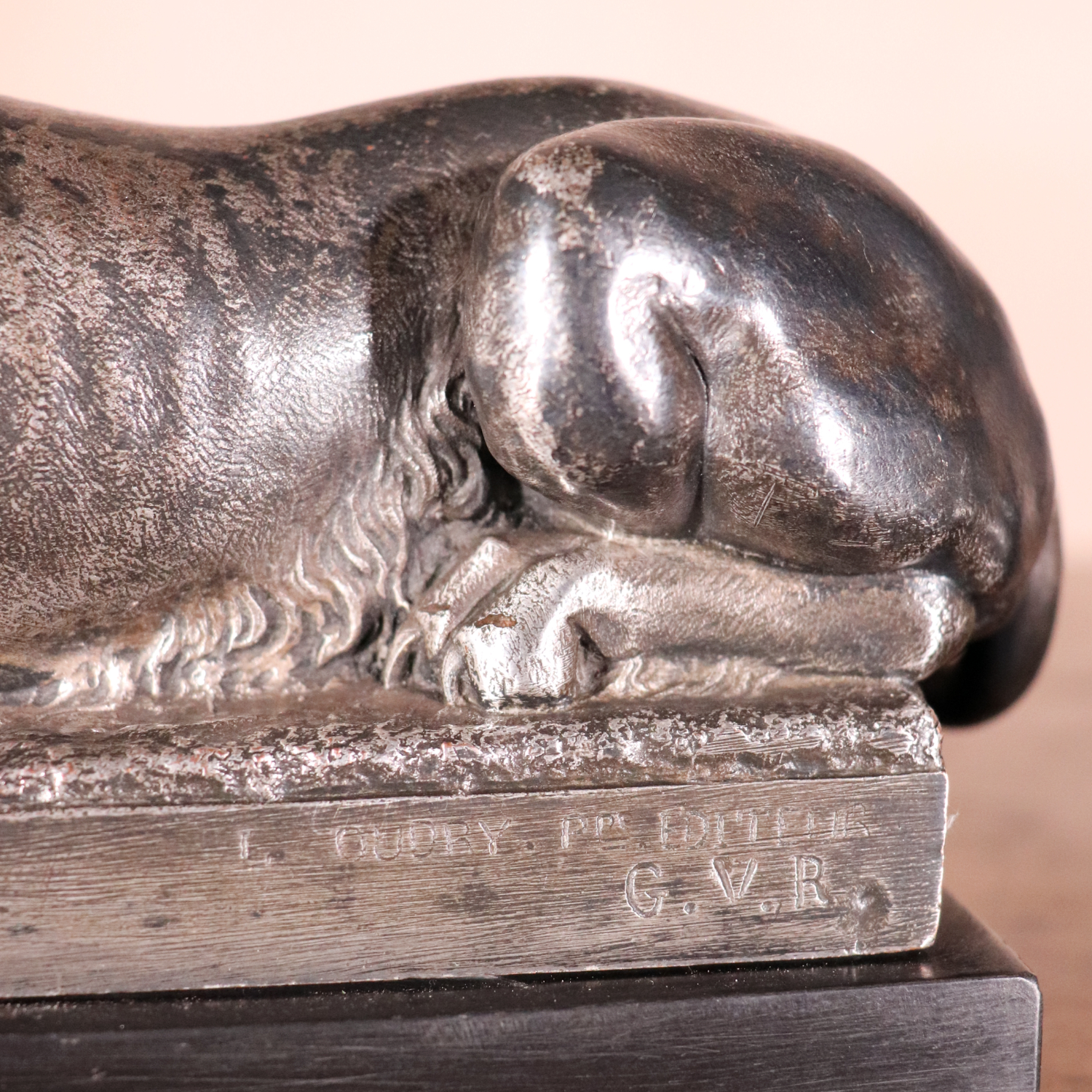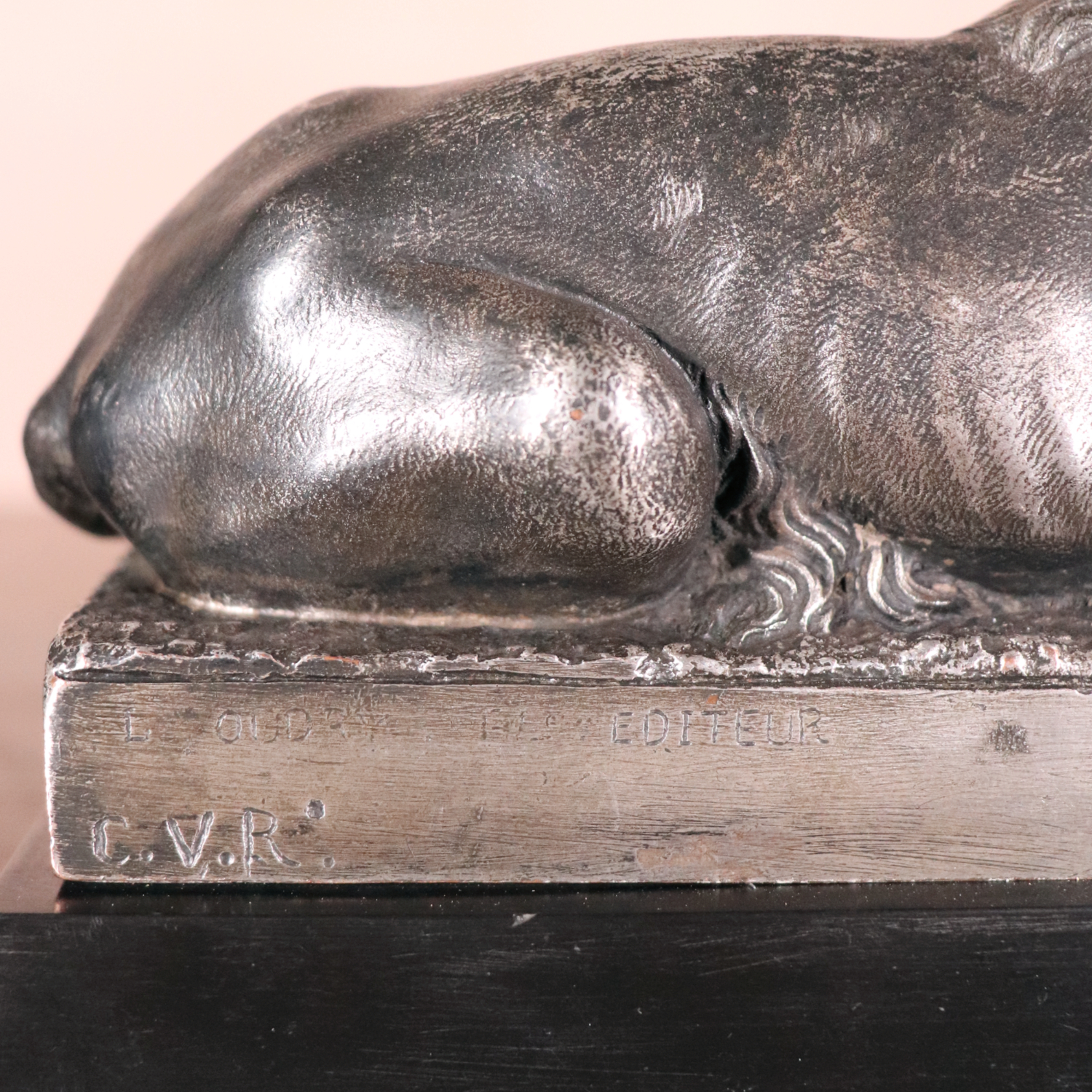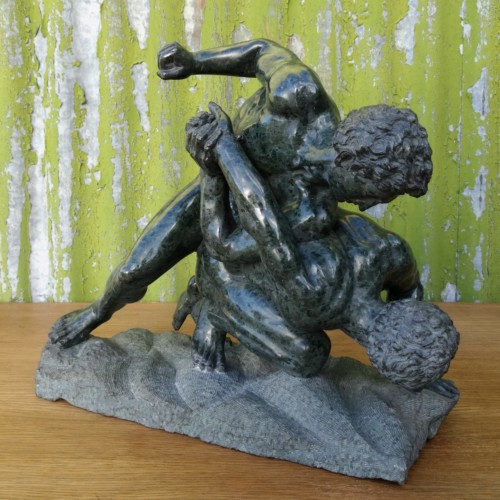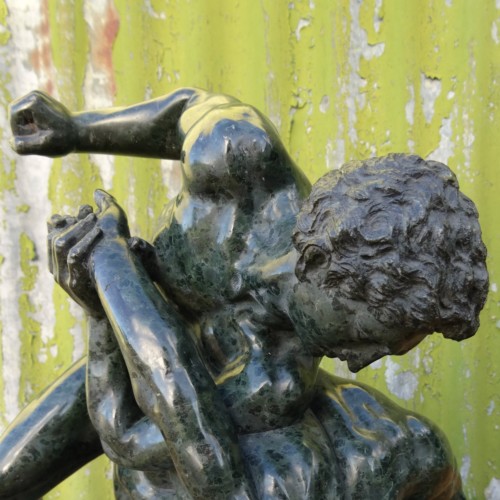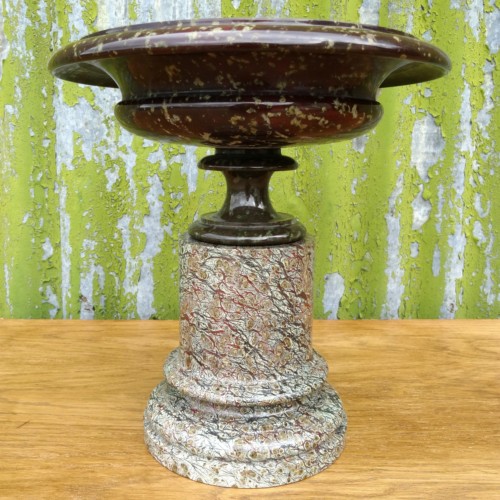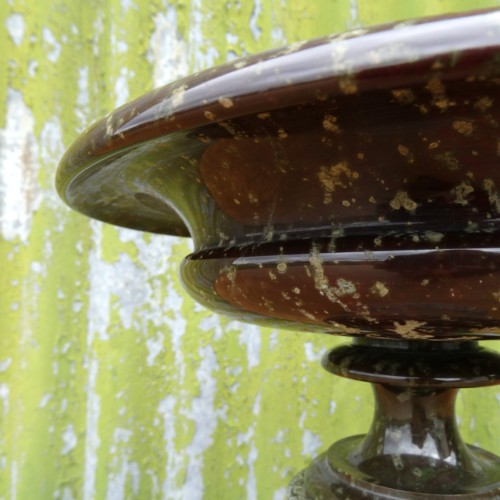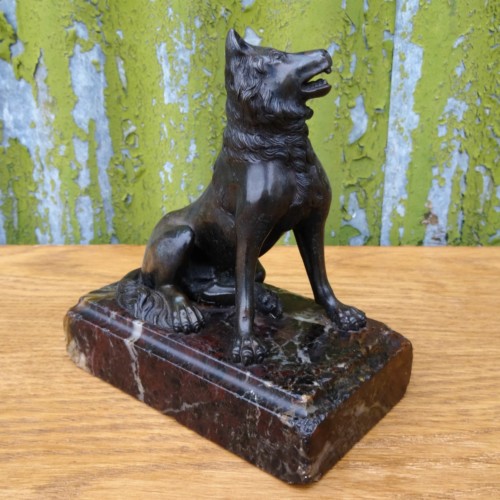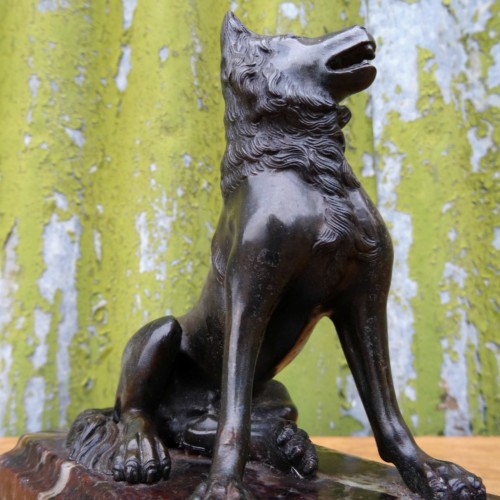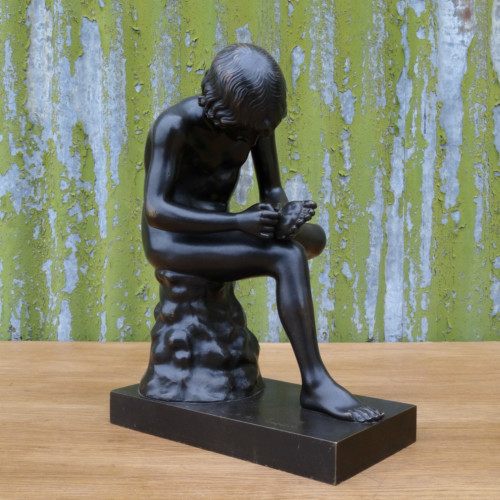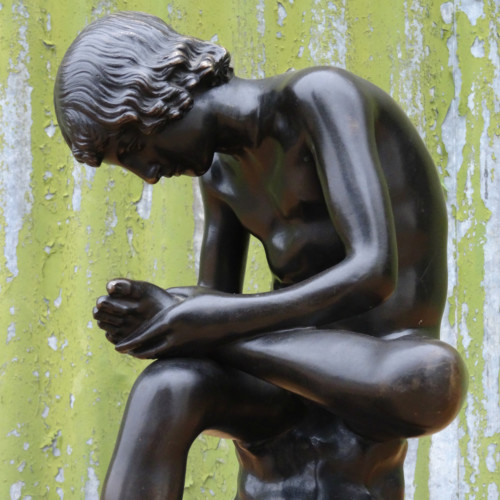A rare pair of silvered bronze lions after Antonio Canova, by Leopold Oudry, French, circa 1860, inscribed variously to back, on black marble plinths.
Footnote
Leopold Oudry founded his electrochemical company in 1854 at 10, rue Cuissard in Paris. Oudry is known for casting vases, statues and small objects which he would coat with pure copper deposited by electroplating, a technique already used by the famous silversmith Christofle since the 1830s. Oudry was commissioned by the city of Paris to use his galvanic plating process to cast objects and monuments for the capital. Oudry was commissioned to copper plate the monumental fountains on the Place de la Concorde in the centre of Paris, designed by Jacques Ignace Hittorff in 1840, and which used to have to be repainted every year. With this newly found success Oudry had to open new larger premises, and opened at 10, route de Versailles where he employed 150 workers.
Oudry exhibited at many Expositions Universelles and won medals in 1855 at the Paris World Fair, and 1862 in London.
The famous cast iron company Durenne purchased Oudry’s business in the 1880s.
Antonio Canova (1757-1822) was the greatest Italian neoclassical sculptor, and sculpted the marble lions for the monumental tomb of Pope Clement XIII in St. Peter’s, Rome from 1783 to 1792. They proved to be a popular image, copies were made soon after in the workshops of Rome to sell to wealthy ‘Grand Tourists’ as souvenirs from their classical tour. One lion is depicted sleeping, whilst the other is vigilant, said to represent the Pope’s moderation and vigilance. In England, Canova’s greatest patron was the 6th Duke of Devonshire whose seat was at Chatsworth House, Derbyshire.

